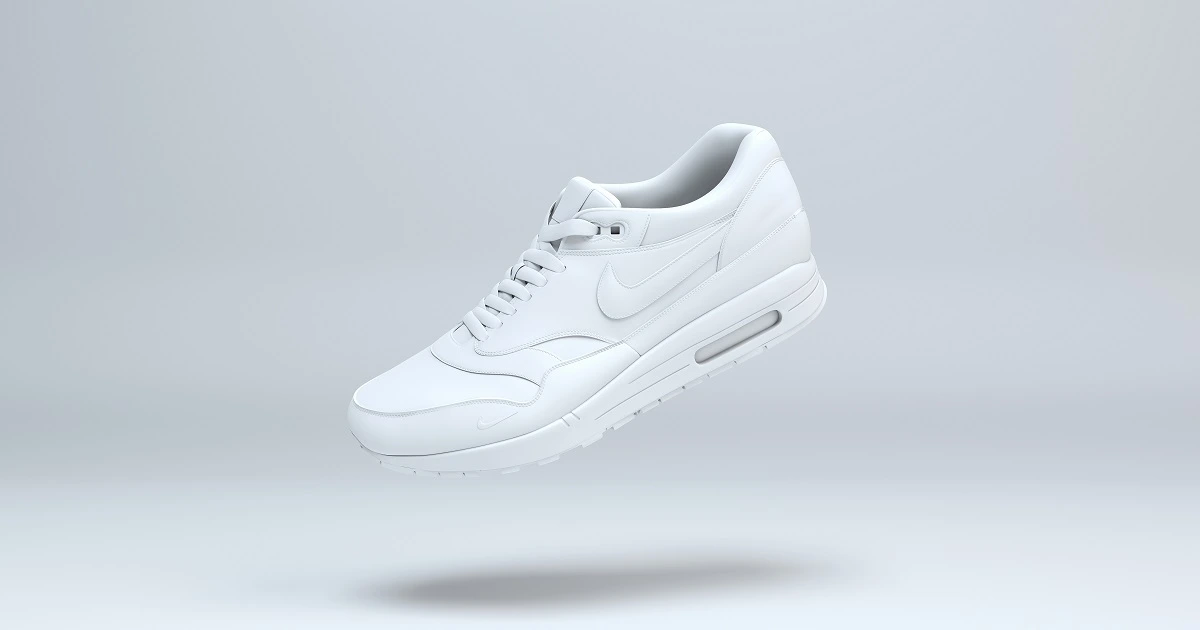
Can You Use 3D Renders Instead Of Real Product Photography?


Table of Contents
- Testing 1… 2… 3D
- Asking The Audience - A Lifeline For All Amazon Sellers
- What Exactly Is 3D Rendering, And Why Are FBA Sellers Flocking To It?
- Why Would Someone Opt For 3D Rendering When Real Life Photography Does A Perfectly Good Job?
- Where Do You Start?
- What Kind Of Products Would Be Suitable Candidates For A 3D Render?
- When Are 3D Renders Not A Good Option?
- Anthony's View
- Pro Tip…Speed Scanning
The Amazon sellers’ world is an ever-changing entity. You can’t just set it and forget it, because you need to make sure that your listings remain relevant. For example, if you do not have top-notch listing images, competitors will take market share from an otherwise successful launch. We saw it happen with Project X’s coffin shelves.
We realized this after noticing that some other companies had beaten us with their listing images, which led our team into adapting our own Amazon product photography strategy.
Testing 1… 2… 3D
Anthony Cofrancesco from Pickfu (Helium 10 Audience) connected us with an agency called Fade Visuals that does 3D images, so we decided to put together a mini case study using the two companies! Utilizing 3D product renders is something we had not tried before, even in Project X. So, in true Helium 10 fashion, we thought this would be an excellent opportunity to test them out to see if it could help us improve our conversion rate and page views.
Asking The Audience – A Lifeline For All Amazon Sellers
Larger companies are able to invest several hundred or even thousands of dollars in market research, but small businesses cannot due to a lack of funds. Helium 10’s Audience tool gives you quick access to market research within a budget.
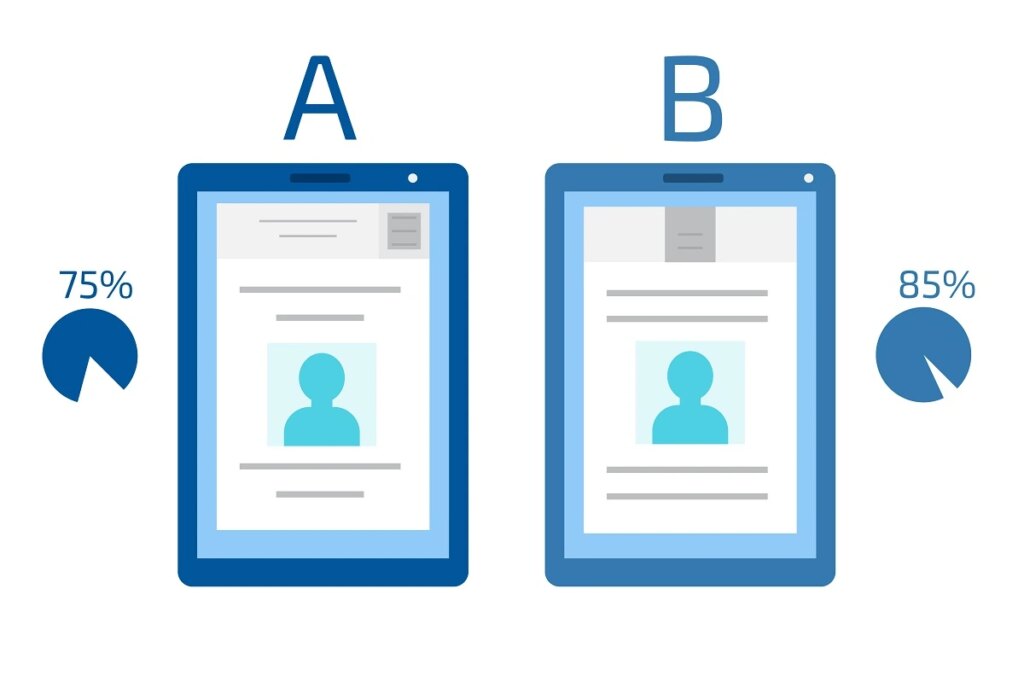
With Audience, collect valuable data from analyzing external feedback via image split-testing, and minimize risk rather than relying on your instincts. With the help of Pickfu and Audience, we can figure out which listing images to include in our listing. But how do we come up with these images in the first place? That’s where Fade Visuals stepped in to provide us with their design work for the coffin shelf listing images.
All these images were 3D rendered!
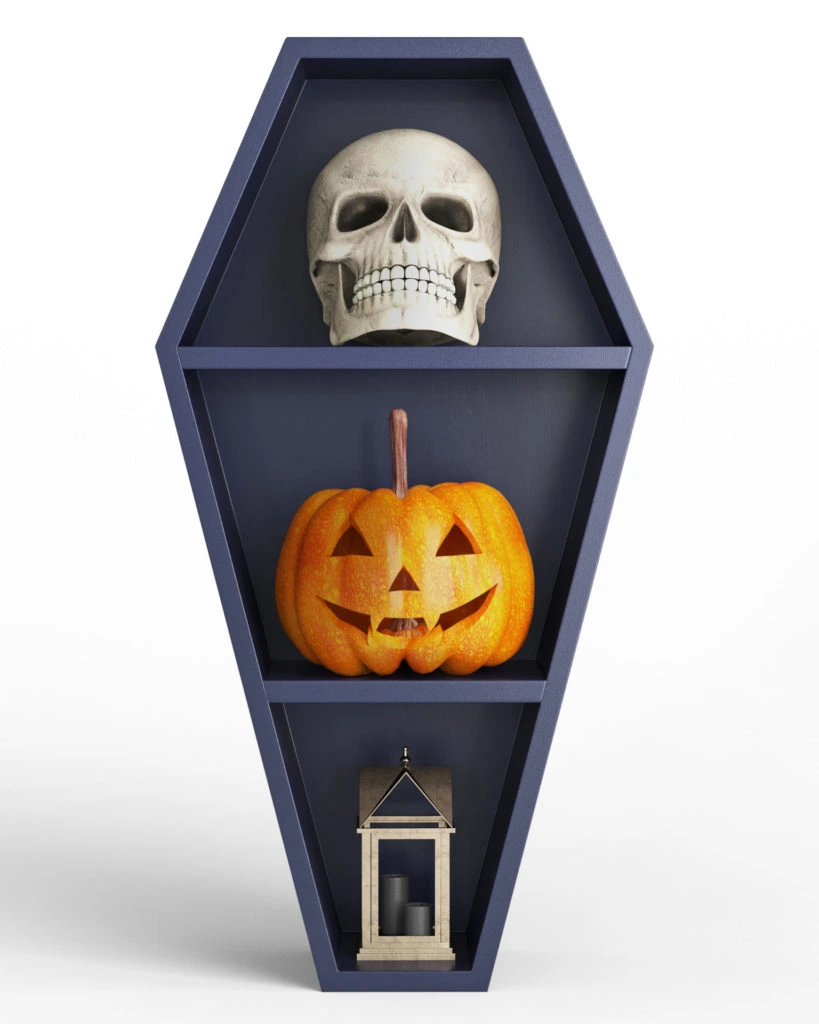
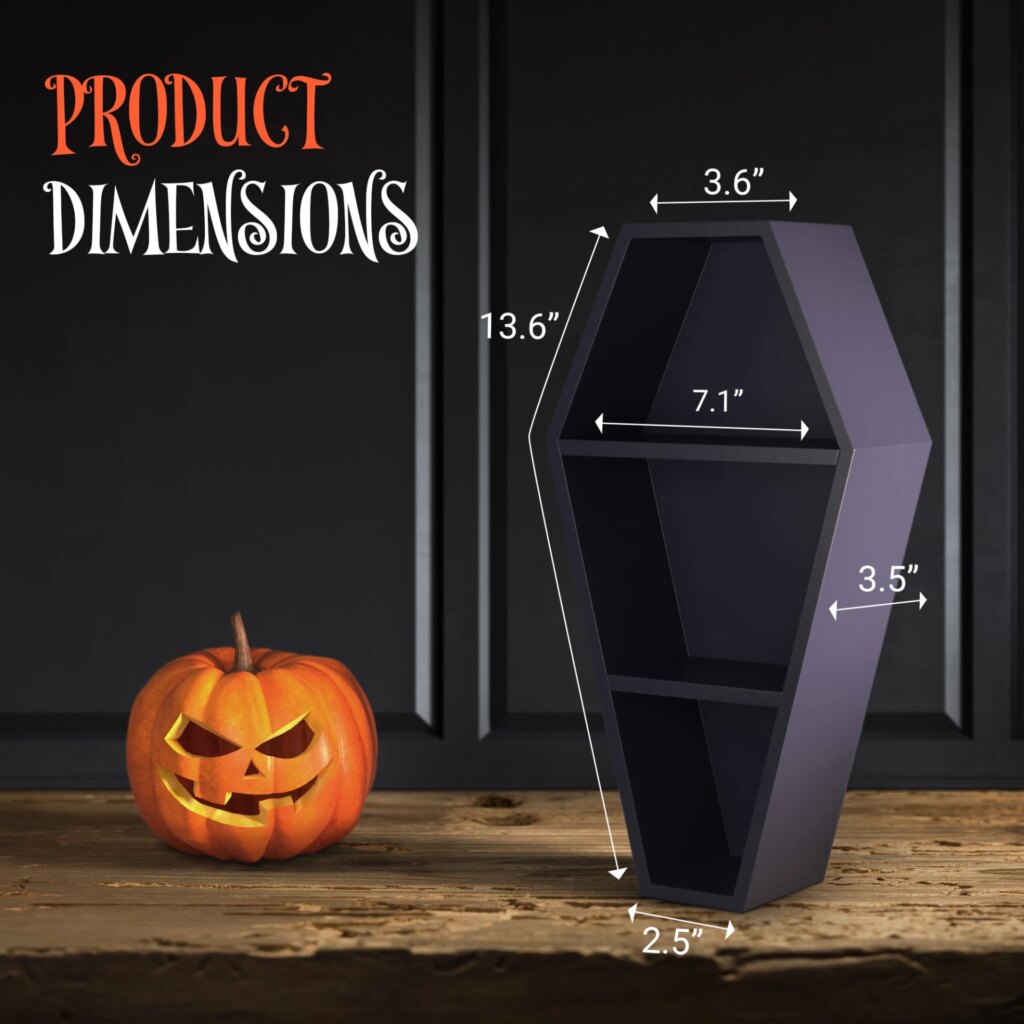
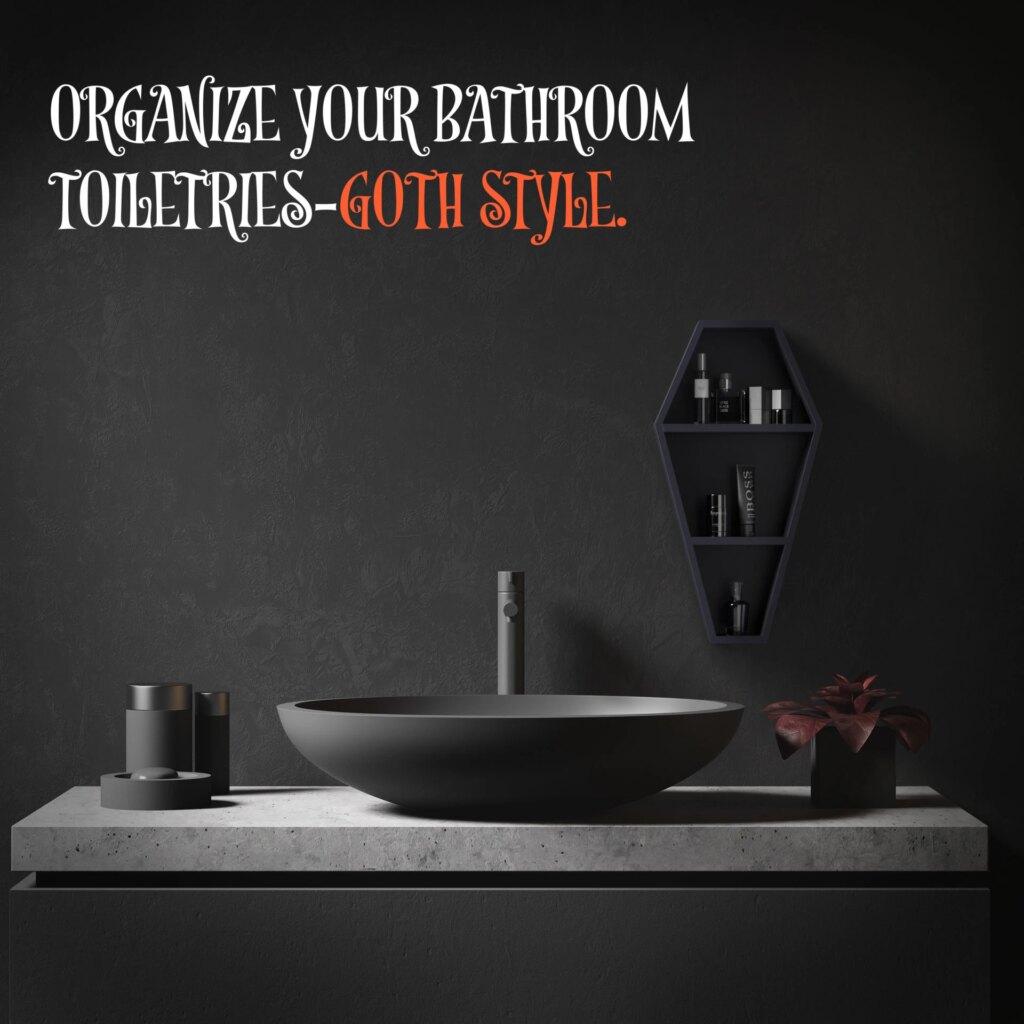
What Exactly Is 3D Rendering, And Why Are FBA Sellers Flocking To It?
3D rendered images for Amazon sellers are becoming a very popular trend. 3D rendering is the process of creating 3-dimensional models from 2-dimensional drawings. They provide realism as they are created based on accurate product dimensions and engineering specifications. The images appear to be very clean, high-definition, and professional. It looks exactly like the outcome of product photography, or in many cases, even better!
This technology has been around for a long time and it’s frequently utilized by game designers, architects, and other professionals, but is now being increasingly used by Amazon sellers for their listing images, A+ content, and images for ads. While it has its benefits, it’s important to consider its limitations before using 3D renders as part of your marketing efforts.
Why Would Someone Opt For 3D Rendering When Real Life Photography Does A Perfectly Good Job?
3D Rendering has many benefits that make it a better choice for a variety of sellers. The great news is that it has no physical limitations.
What does that mean for you as an Amazon seller?
- You do not need to ship your product to a photographer or a photography agency
- You do not need equipment to photograph the product
- You do not need to rent out a studio for photography
- You do not even need to have the product present
Essentially, you are saving on a lot of potential costs, like shipping, studio rental, photography equipment, product samples, and more.
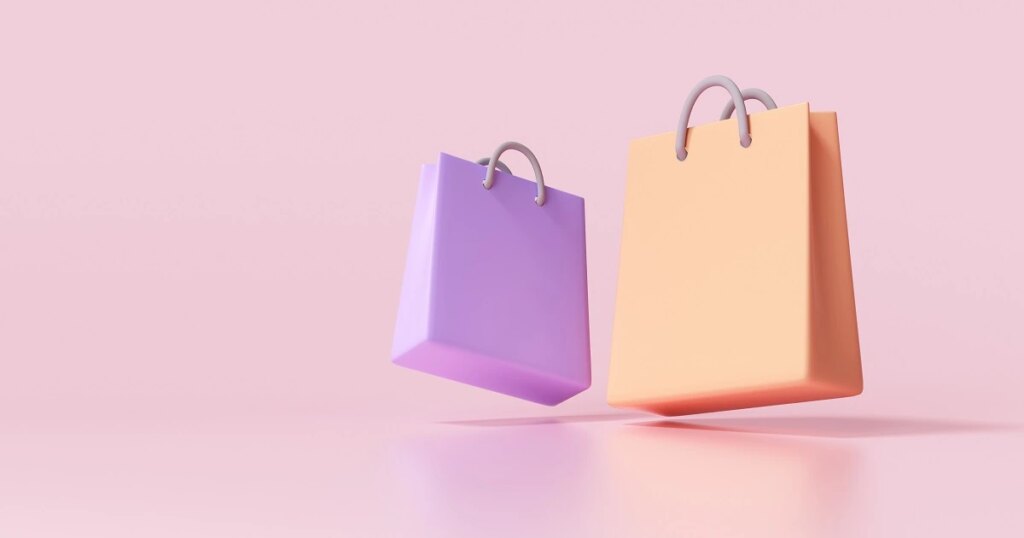
3D renders are a cost-effective and time-saving approach to getting high-quality Amazon product images.
Since everything is done in software, you may request multiple modifications if you are not happy with the quality or wish to make any changes to your photos. This method is particularly good for products with many variations. Taking pictures of all variations requires more time and money. Why not do the job with software, where it’s quick and inexpensive to produce numerous variations?
Where Do You Start?
When we said that you could take pictures of your product without having it present, we may have perplexed you. The remarkable thing is that, similar to conventional photography, you will not need to send in your product to a studio for photography.
Simply submit the dimensions of your product to the artist creating your 3D renders along with a few low-resolution photos from various angles. This will enable the artist to create a realistic and accurate render of your product, which will look precisely like it. If you have a logo engraved on the product or a product label then you would need to provide those two things to your artist as well.
Before reaching out to a 3D artist, it’s critical to understand some technical details so you can get things done the way you want them (design-wise and budget-wise). There are three techniques for producing a 3D render. The first is called an STP file – your manufacturer will generally have this file available and can send it to your artist for an accurate design. The second option is to pick from a template library available. The third alternative is to commission a completely custom design from the ground up.
What Kind Of Products Would Be Suitable Candidates For A 3D Render?
- Bulky or oversized items, like furniture
- Product packaging, like a box or bottle
- High volume variations
- Exploded product view
- 360 photos
- Reflective products, like a glass
When Are 3D Renders Not A Good Option?
Depending on product texture and material, 3D renders may not look great 100% of the time. Some examples of this would be clothing and products that do not have a smooth or linear texture. It’s not recommended for lifestyle images in general since a render of the product on a stock image may appear fake, when compared to real-life photography. This would mean getting the shadows and lighting perfectly in sync with the stock image which is almost impossible to do in a realistic fashion!
Anthony’s View
Anthony Cofrancesco’s strategy using 3D renders is to increase conversion by increasing the unit session percentage on Amazon. While unit session percentage is 20%-30% for an established seller on average, Anthony likes to aim for 65%.
A high conversion rate usually means high sales and an increase in ranking over time. But, how can one effectively utilize listing images to obtain a high conversion rate? According to Anthony, this is a three-step process.
Step one is to understand that there is buyer intent present when a specific search term is entered into the search bar. The more specific the term, the closer a shopper is to making a purchase!
Step two is to figure out all the visual cues and information a buyer’s brain needs in order to buy your product.
Step three is to present all this information to help the buyer take the action of adding your product into the shopping cart, with the help of visual optimization.
When a shopper visits your listing page and adds more than one item to their shopping cart, your conversion rate will be over 100%. What is Anthony’s method for accomplishing this?
- First, place emphasis on the second and the third image of your listing images.
- Take a look at business reports and see if there are sales coming from B2B. If a business buys from you, that is great news! Typically, that would mean that they will be purchasing more than one unit from you.
- Lastly, if your product is a giftable item, then create two to three unique images outlining it’s feature as a good idea for a gift. Then test those images out with Helium 10’s Audience poll to select the one that performs best.
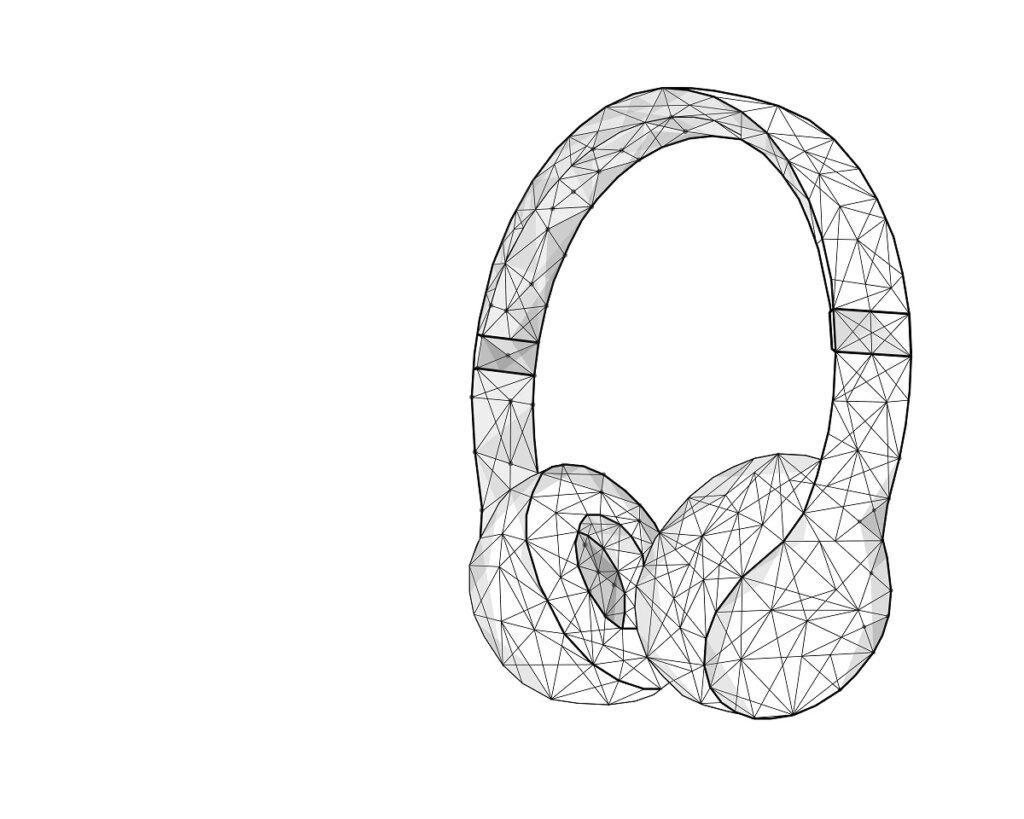
Pro Tip…Speed Scanning
This is a term that Anthony has come up with which entails going through as many images from your competition as possible, downloading all images of the best sellers, and then categorizing those images by type (e.g. dimensions).
Typically, one in five of those images will be appealing, so save the best and figure out what you can learn from it or why it is so appealing. Then try to replicate that idea into your own image or set of images!
Keep your eyes out for Part 2 of this series, where we will look at the results of a real split-testing case study experimenting with 3D product images!
Achieve More Results in Less Time
Accelerate the Growth of Your Business, Brand or Agency
Maximize your results and drive success faster with Helium 10’s full suite of Amazon and Walmart solutions.

